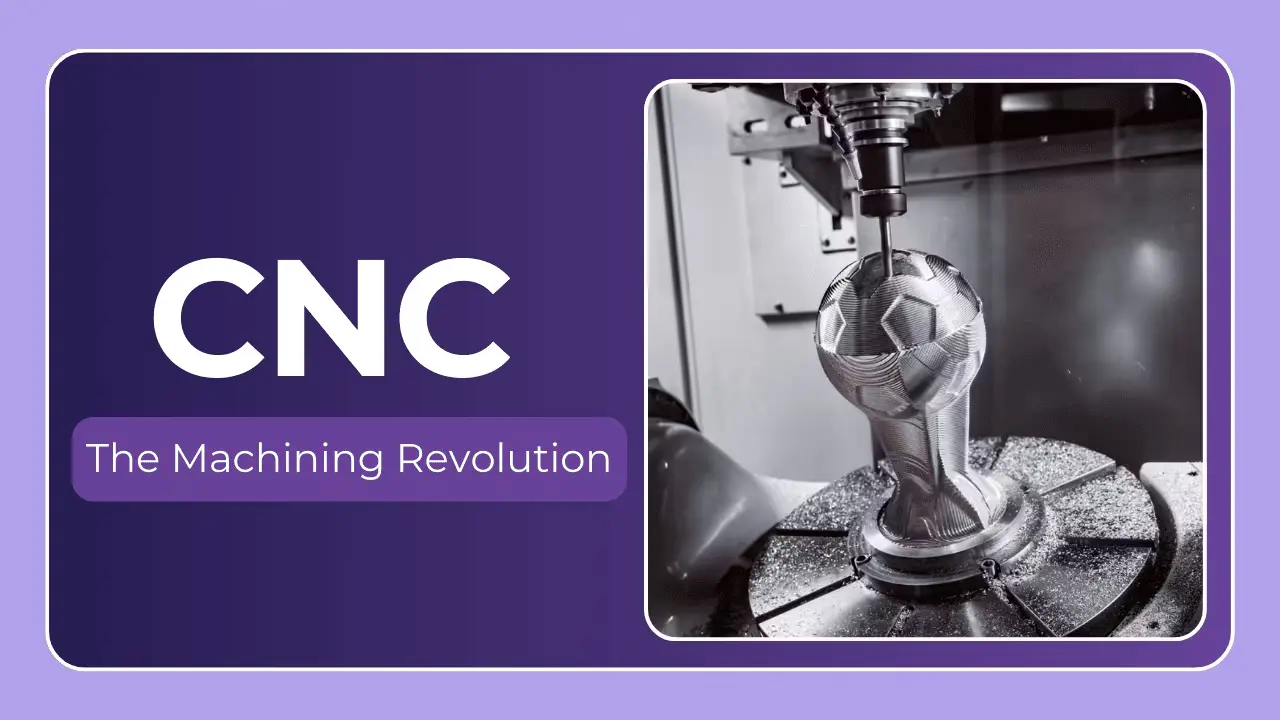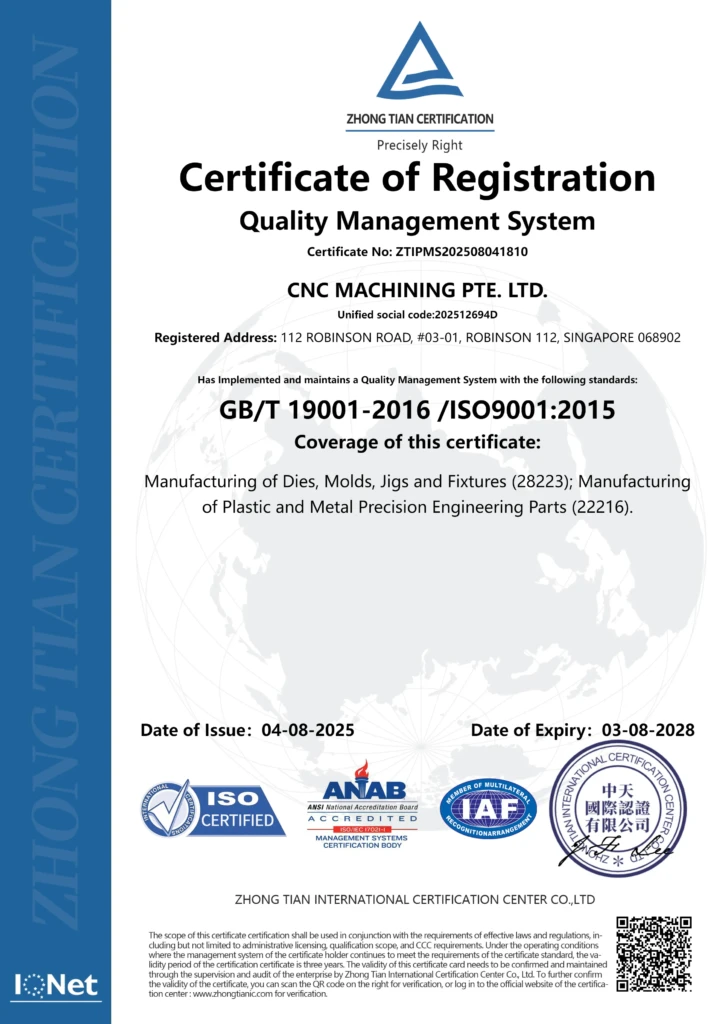Delving into the World of Large Format CNC Machining: Capabilities, Applications & Considerations
In the realm of manufacturing, the demand for larger, more complex components is continuously rising. From aerospace and energy to automotive and tooling, industries require parts that push the boundaries of size and precision. This is where large format CNC machining comes into play. But what exactly is large CNC machining, and what sets it apart? This article will dissect the process, outlining its capabilities, common applications, material considerations, and what to look for in a reliable machining partner.
What is Large CNC Machining? Breaking Down the Scale
Traditional CNC machining is fantastic for producing intricate parts within defined size limitations. Large CNC machining, however, expands those limits dramatically. While there isn’t a universally agreed-upon definition, it generally refers to machining parts exceeding typical machine bed sizes – often exceeding 3-axis machine dimensions of 1 meter in any direction. Many specialized facilities, like CNC MACHINING PTE. LTD in Singapore, operate 5-axis machines capable of handling parts several meters long and complex in geometry.
The “large” extends beyond just dimensions. It also encompasses the ability to handle heavy parts. The structural rigidity of the machine, the power of the spindle, and the sophistication of the control system are all magnified when dealing with significant mass. Think machining a large turbine blade base, an aircraft structural component, or a substantial mold for composite materials. These aren’t jobs for standard machine shops.
Key Capabilities of Large-Format CNC Machining
The true strength of large CNC machining lies in a combination of advanced technology and specialized expertise. Here’s a breakdown of the key capabilities:
- 5-Axis Machining: Essential for complex geometries. 5-axis allows for simultaneous movement across five axes (X, Y, Z, plus two rotational axes), enabling the creation of intricate shapes and undercuts without multiple setups. This is significantly more efficient and accurate than traditional 3-axis machining, especially when dealing with large parts.
- High Accuracy and Precision: Despite the size, large CNC machines can maintain exceptional tolerances. Advanced control systems and high-quality components minimize errors and ensure consistent part quality.
- Diverse Material Compatibility: Large-format machines aren’t limited to just a few materials. They can process a wide range of metals (aluminum, steel, titanium, Inconel, etc.), plastics, and composites.
- Deep Hole Drilling: Many large-part applications require deep, accurately drilled holes. Specialized tooling and techniques, like BTA drilling or deep hole grinding, are often employed.
- Heavy-Duty Cutting Capacity: Large parts often necessitate removing significant material. Powerful spindles and robust cutting tools are crucial for efficient removal of material without compromising accuracy.
- One-Stop Solutions: Leading providers, like CNC MACHINING PTE. LTD, often offer integrated services beyond machining – including design assistance, prototyping, post-processing (surface treatments, heat treatment), and finishing.
Common Applications Across Industries
The versatility of large CNC machining makes it indispensable across a wide spectrum of industries:
| Industry | Typical Applications | Materials Commonly Machined |
|---|---|---|
| Aerospace | Aircraft structural components (wing spars, ribs, fuselage sections), landing gear parts, engine components | Aluminum alloys, titanium alloys, Inconel, stainless steel |
| Oil & Gas | Valve bodies, pump housings, manifolds, subsea components | Stainless steel, alloy steels, duplex stainless steel, Hastelloy |
| Energy (Wind, Hydro, Nuclear) | Wind turbine hubs and blades (mold creation), hydroelectric generator parts, nuclear reactor components | Steel, cast iron, aluminum, composites |
| Automotive | Large tooling for stamping and molding, prototype vehicle components, engine blocks | Aluminum, steel, cast iron |
| Mold & Die Making | Large-scale molds for injection molding, die casting, and composite forming | Tool steel, aluminum |
| Defense | Missile components, radar housings, vehicle armor | High-strength steel, titanium, aluminum |
Material Considerations for Large CNC Machining
Choosing the right material is critical for success. Several factors come into play:
- Machinability: Different materials machine at different rates and require specific tooling. Harder materials generally require slower speeds and feeds and may necessitate more frequent tool changes.
- Strength and Weight Requirements: The intended application dictates the required strength-to-weight ratio. Aerospace components, for example, prioritize lightweight materials like titanium or aluminum.
- Corrosion Resistance: For environments exposed to harsh conditions (marine, chemical processing), corrosion-resistant materials like stainless steel or specialized alloys are essential.
- Thermal Conductivity: This impacts heat dissipation during machining, which is particularly important for large parts where heat build-up can lead to dimensional inaccuracies.
- Cost: Material costs can vary significantly. Balancing performance requirements with budget constraints is crucial.
Choosing the Right CNC Machining Partner: Essential Considerations
Selecting a capable and reliable machining partner is paramount for a successful project. Here’s a checklist:
- Machine Capacity: Does the shop have machines that can accommodate the size and weight of your parts? Pay attention to travel limitations in X, Y, and Z axes, as well as table load capacity.
- 5-Axis Capabilities: For complex geometries, 5-axis machining is often essential. Verify the shop’s experience with this technology.
- Material Expertise: Ensure the shop has experience machining the specific material you require.
- Programming and CAM Software: Advanced CAM software (Computer-Aided Manufacturing) is critical for creating efficient and accurate machining programs.
- Quality Control: Robust quality control procedures are vital, including coordinate measuring machines (CMMs) for verifying dimensional accuracy.
- Turnaround Time: Clear communication and realistic lead times are important.
- Post-Processing Services: If you require surface treatments, heat treatment, or other finishing operations, a one-stop shop can streamline the process.
- Industry Certifications: Certifications like ISO 9001 demonstrate a commitment to quality management.
Why CNC MACHINING PTE. LTD Stands Out
CNC MACHINING PTE. LTD in Singapore excels in meeting the demands of large CNC machining. Equipped with advanced five-axis CNC machining equipment, we offer rapid prototyping and personalized customization. Our team’s proficiency with diverse materials, coupled with comprehensive post-processing and finishing services, positions us as a premier provider for businesses seeking precision metal part manufacturing solutions. We understand the intricacies involved and deliver consistent, high-quality results, making us the preferred choice for custom precision machining needs.
Conclusion: Embracing the Future of Large-Scale Manufacturing
Large CNC machining isn’t just about bigger machines; it’s about enabling innovation. It empowers industries to create increasingly complex and sophisticated components that were previously impossible or prohibitively expensive to manufacture. As companies continue to push the boundaries of design and engineering, the demand for large-format machining will only continue to grow.
By understanding the capabilities, applications, and critical considerations outlined in this article, you can confidently navigate this advanced manufacturing landscape and partner with a provider – like CNC MACHINING PTE. LTD – equipped to bring your most challenging projects to life. Don’t hesitate to reach out to discuss your specific needs and explore how we can help you optimize your manufacturing process and achieve unparalleled precision.




